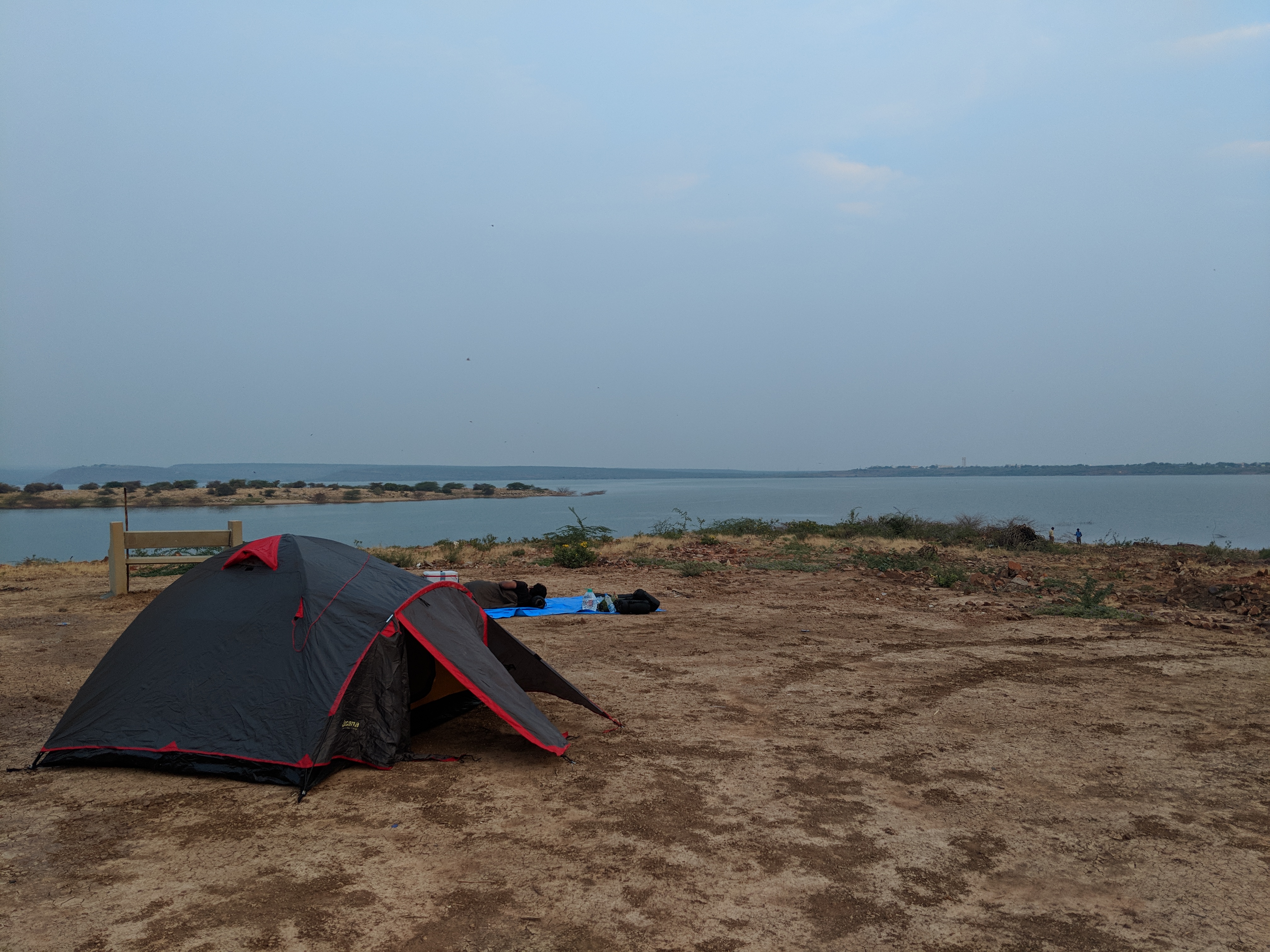Gandikota Fort stands as a remarkable testament to the rich historical tapestry of Andhra Pradesh, embodying centuries of architectural brilliance and strategic importance. Nestled in the Kadapa district, this formidable stronghold derives its name from the Telugu words 'Gandi' (gorge) and 'Kota' (fort), reflecting its dramatic natural setting along the Penna River gorge. The fort's origins can be traced back to 1123, when it was first established as a sand fortification by a subordinate of the Kalyani Chalukya ruler, marking the beginning of its long and complex historical narrative.
The Kakatiya dynasty's control from 1239 to 1304 represented a pivotal period in the fort's history, transforming it from a mere strategic outpost to a significant cultural center. Local legends, particularly the story of Kaka Maharaju's discovery during a hunting expedition, add depth to the site's mythological significance. The Pemmasani Nayakas further expanded the fort's architectural complexity, introducing innovative defensive structures that would become legendary in the region's military history.
Islamic influences brought additional architectural sophistication during subsequent ruling periods, with the fort's design featuring intricate zigzag gates that exemplified advanced defensive strategies. The natural landscape surrounding Gandikota—characterized by dense forests and abundant water springs—provided not just strategic advantages but also supported thriving agricultural and trade ecosystems. This unique geographical positioning made the fort a coveted possession for multiple dynasties, including the Vijayanagara Empire, Golconda Sultanate, and Marathas.
Cultural narratives have been as integral to Gandikota's legacy as its physical structure. The tale of Princess Bala Nagamma, though more folkloric than historical, represents the rich storytelling tradition of the region. Similarly, the fort's connection to notable figures like the poet Vemana and the traveler Tavernier provides glimpses into its broader cultural significance. These stories transcend mere historical documentation, offering intimate insights into the human experiences that shaped the fort's identity.
The fort's military history is replete with tales of extraordinary valor and strategic brilliance. The legendary Kamma kings, known for their reportedly superhuman martial skills, became part of the local folklore. Stories of military encounters, such as Mir Jumla's challenging siege and eventual acquisition of the fort, underscore its strategic importance. These narratives reveal Gandikota not just as a physical structure but as a symbol of political and military prowess.
In recent decades, Gandikota has garnered international recognition as the 'Grand Canyon of India,' drawing attention to its breathtaking natural beauty. The dramatic landscape created by the Penna River gorge offers visitors a stunning visual experience that complements the fort's historical significance. Archaeological efforts, including its status as a centrally protected monument by the Archaeological Survey of India, have further enhanced its preservation and cultural value.
Today, Gandikota Fort represents more than a historical monument—it is a living narrative of India's complex cultural heritage. Its ruins, including temples and defensive structures, continue to attract scholars, historians, and tourists alike. The ongoing efforts to secure world heritage status reflect a collective recognition of its profound historical and architectural importance. As a site that has witnessed the rise and fall of multiple dynasties, Gandikota remains a powerful reminder of the region's dynamic and multifaceted history.
Modern conservation efforts aim to balance preservation with accessibility, ensuring that future generations can appreciate this remarkable site. The fort's ability to maintain its mystique while becoming an increasingly popular tourist destination speaks to its enduring appeal. From its strategic origins to its current status as a cultural landmark, Gandikota continues to captivate those who seek to understand the rich layers of Indian historical and architectural heritage.







